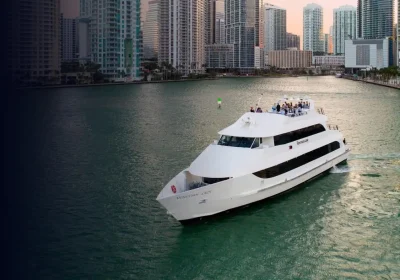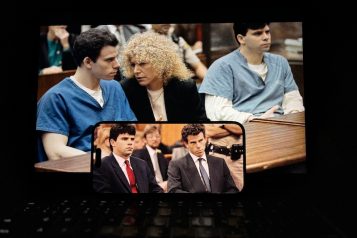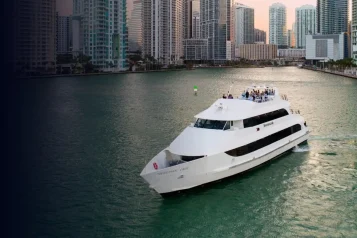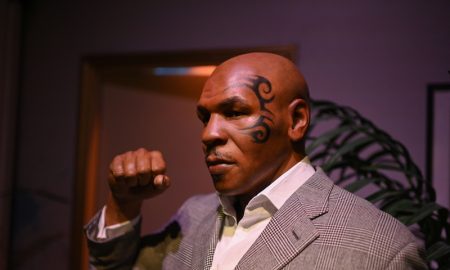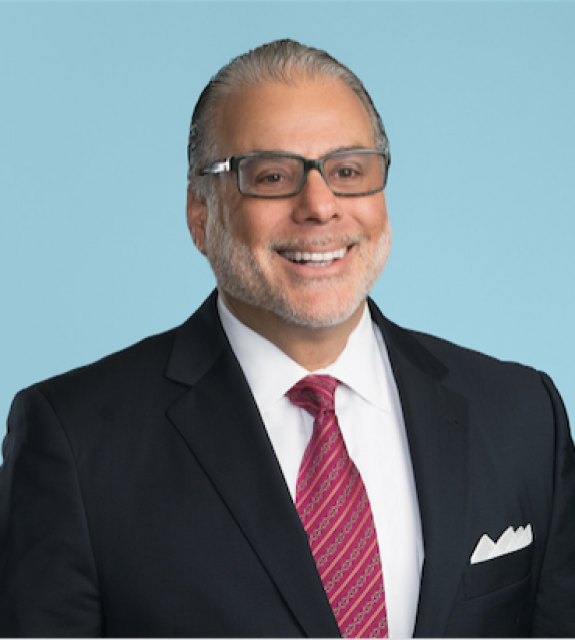 Photo Credit: ShutterstockBicycle and pedestrian accidents can cause severe physical, emotional, and financial strain. Victims often face long-term injuries, mounting medical bills, and lost wages. Understanding the injuries, collecting key evidence, and navigating the legal process are crucial for securing fair compensation.
Photo Credit: ShutterstockBicycle and pedestrian accidents can cause severe physical, emotional, and financial strain. Victims often face long-term injuries, mounting medical bills, and lost wages. Understanding the injuries, collecting key evidence, and navigating the legal process are crucial for securing fair compensation.
Yosi Yahoudai, Esq., founder of J&Y Law, provides expert guidance on proving negligence, calculating damages, and achieving the best outcome. This guide covers common injuries, evidence gathering, and dealing with insurance companies, helping you confidently pursue the compensation you deserve.
Common Injuries in Bicycle and Pedestrian Accident Cases
Injury severity in bicycle and pedestrian accidents can vary, but certain types of injuries are most commonly seen in these cases, and they play a major role in determining the legal outcome.
Head Injuries (Concussions, Traumatic Brain Injuries, Skull Fractures)
Head injuries are among the most severe and impactful in bicycle and pedestrian accidents. Traumatic brain injuries (TBI) can result in long-term cognitive, emotional, and physical challenges. Courts often view these as catastrophic injuries, which can lead to larger compensation awards, especially when there are significant future medical needs or a reduced ability to work.
Spinal Cord and Back Injuries (Paralysis, Herniated Discs)
Spinal cord injuries can result in partial or full paralysis, drastically altering a person’s life. These injuries typically require extensive medical treatment, rehabilitation, and, in many cases, long-term care. As a result, they often lead to high compensation claims to cover ongoing care and loss of quality of life.
Fractures and Orthopedic Injuries (Broken Bones, Joint Injuries)
Fractures—such as broken arms, legs, or ribs—are commonly seen, especially in pedestrian accidents. These injuries often require surgery and physical therapy, leading to significant medical bills and lost wages. While not as life-altering as head or spinal injuries, broken bones can still result in substantial damages, particularly when the recovery process is prolonged or if the injury leads to chronic pain.
Soft Tissue Injuries (Sprains, Strains, Bruising)
While often seen as “minor” compared to fractures or head injuries, soft tissue injuries can still cause significant pain and long-term impairment. Because these injuries are more subjective, insurance companies and courts may scrutinize them more heavily. Detailed medical documentation and expert testimony can be vital for proving the severity of these injuries.
The Legal Process: From Consultation to Resolution
After a bicycle or pedestrian accident, the process of pursuing compensation begins with a thorough investigation and collection of evidence, followed by settlement negotiations or litigation. Here’s an outline of how the process typically works:
Initial Consultation: The process begins when you consult with an attorney. During this meeting, the attorney will gather details about the accident, including the type and extent of injuries, available evidence (such as police reports, witness accounts, and photographs), and potential fault.
Case Investigation and Evidence Gathering: The next step involves gathering key evidence, such as accident scene photos, medical records, witness statements, and expert opinions. It’s important to act quickly, as evidence such as surveillance footage or witness recollections can deteriorate over time.
Demand Letter and Settlement Negotiations: Once medical treatment is complete (or the long-term prognosis is clear), the attorney prepares a demand letter outlining the full extent of the victim’s injuries and the compensation being sought. Settlement negotiations follow, where the attorney advocates for a fair offer based on the evidence.
Filing a Lawsuit: If settlement talks fail or the insurer makes a low offer, the case may proceed to litigation. This involves filing a lawsuit, presenting evidence in court, and potentially going to trial if a fair settlement cannot be reached.
Critical Evidence in Bicycle and Pedestrian Injury Cases
In these cases, the burden of proving fault and the extent of damages falls largely on the plaintiff. Gathering the right evidence is critical for success:
Accident Scene Evidence: Photos, videos, and physical evidence from the scene help illustrate how the accident occurred.
Medical Documentation: ER records, follow-up treatments, and expert medical opinions demonstrate the severity of the injuries.
Eyewitness Testimony: Statements from people who witnessed the accident can provide an unbiased perspective on the events leading up to and during the crash.
Police Reports: Law enforcement’s assessment of the accident can provide insight into who may have been at fault.
Insurance Companies and Common Challenges
Dealing with insurance companies after a bicycle or pedestrian accident is often frustrating. Insurance adjusters typically look for ways to minimize payouts, and victims face several challenges in this process:
Low Initial Settlement Offers
Insurance companies may offer a quick, low settlement soon after the accident. These offers rarely account for the full extent of future medical costs, lost wages, or pain and suffering. Accepting such an offer too early can leave victims undercompensated.
Questioning Injury Severity
Insurers often attempt to minimize the severity of injuries, especially for soft tissue injuries. They may request extensive documentation and may even argue that pre-existing conditions are responsible for the injuries.
Delays in Claims Processing
Some insurance companies may use delay tactics, requesting excessive documentation or stalling the approval process. This can be financially burdensome for victims who need compensation immediately.
Comparative Fault
Insurers may try to assign partial blame to the injured party, such as arguing that the pedestrian was jaywalking or the cyclist wasn’t wearing a helmet. Under California’s comparative negligence law, this can reduce the amount of compensation, but not eliminate it entirely.
Calculating Potential Damages
When calculating damages in a bicycle or pedestrian injury case, several factors are considered, including:
Medical Expenses: Both current and future medical costs are considered, including emergency care, surgeries, physical therapy, and long-term care.
Lost Wages and Earning Capacity: If injuries prevent the victim from returning to work, damages for lost wages and reduced earning potential are included.
Pain and Suffering: Compensation for physical pain, emotional distress, and loss of quality of life can be substantial, especially for severe or permanent injuries.
Permanent Disability or Disfigurement: If the injury results in long-term disability or visible scarring, compensation for the ongoing effects on the victim’s lifestyle and self-esteem is considered.
Deciding Whether to Accept a Settlement or Pursue Litigation
One of the most important decisions victims will face is whether to accept a settlement offer or pursue further legal action. While settlements are faster and offer a guaranteed payout, they may not always provide fair compensation, particularly for severe injuries with long-term effects. Factors to consider include:
The Full Extent of Damages: Ensure the settlement covers current and future medical needs, lost wages, and long-term pain and suffering.
Strength of Evidence: If there is clear evidence of the other party’s fault, rejecting a low offer and pursuing litigation may be worthwhile.
Emotional and Financial Considerations: Litigation can be emotionally and financially taxing, and in some cases, a quick settlement may be the best option for victims in immediate need of funds.
 Photo Credit: Photo Credit: J & YLaw Firm
Photo Credit: Photo Credit: J & YLaw Firm
Navigating a bicycle or pedestrian injury case requires expert legal guidance to ensure fair compensation for your injuries. Attorney Yosi Yahoudai extends adept guidance in the complex legal landscape. For invaluable insights and expert counsel, connect at 1-877-735-7035 or visit J&Y Law.






